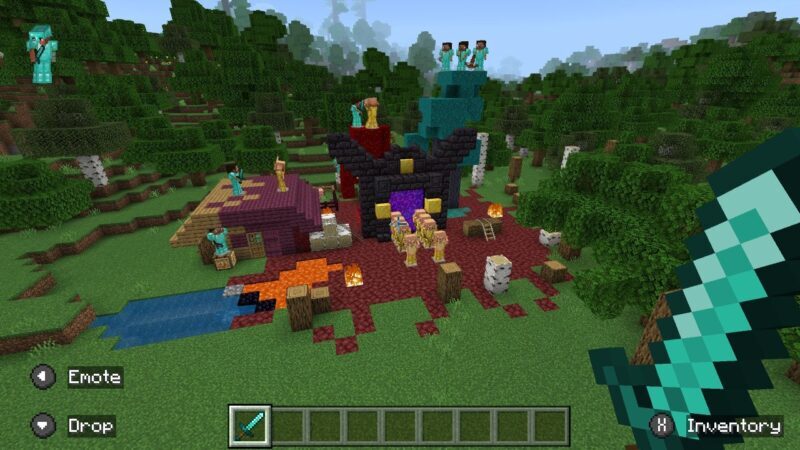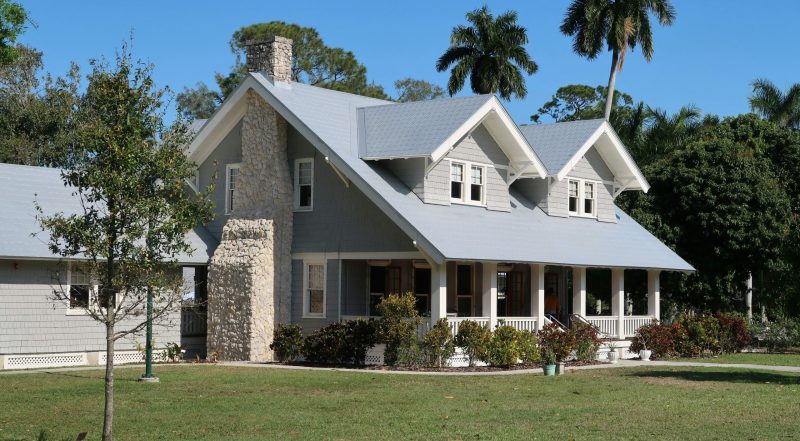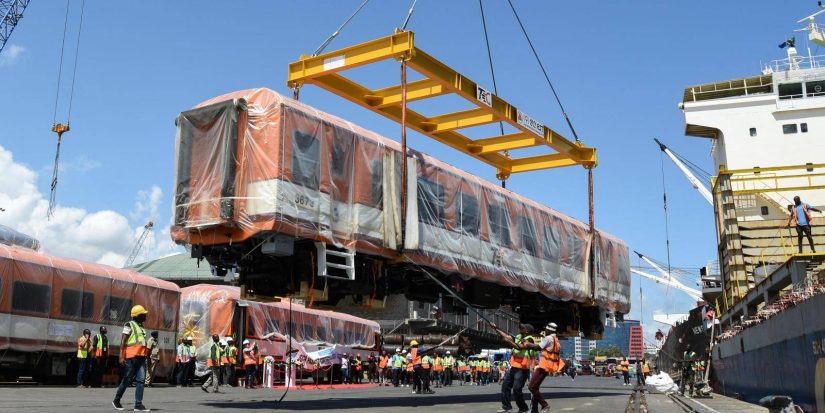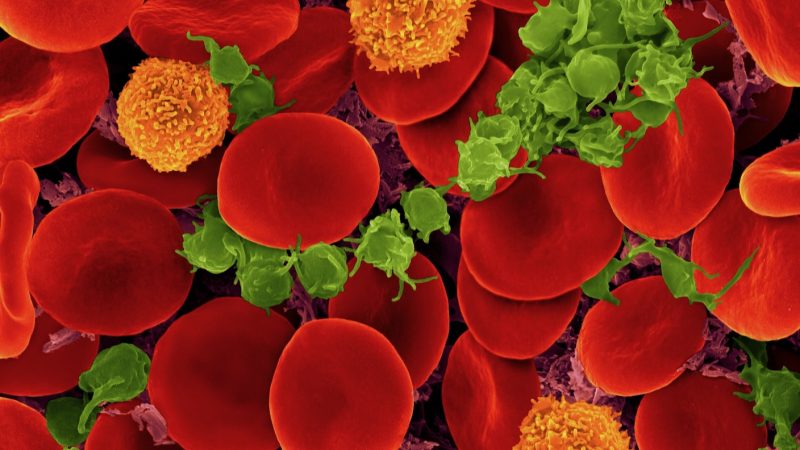Some people say, “Give the customers what they want.” But that’s not my approach. Our job is to figure out what they’re going to want before they do. I think Henry Ford once said, “If I’d asked customers what they wanted, they would have told me, ‘A faster horse!'” People don’t know what they want until you show it to them. That’s why I never rely on market research. Our task is to read things that are not yet on the page.
—Steve Jobs
This article was written by Edward Erfurt and originally published by Strong Towns.
Every planning process, whether short term or long term, starts with a question to residents asking what they want for their community. The answer is always the same: a better community. The planners then take this groundbreaking observation and add “better community” to the plans and the final recommendation. The planners can celebrate that they have given the residents of the city exactly what they wanted: a faster horse.
Urban design must be more nuanced and provide the opportunity for innovation. A process that allows for innovation starts with many humble observations before a single idea is tested. The urban designer needs to read the things that are not already on the page: they need to be able to show citizens the things they didn’t know they wanted. A skilled urban designer is also able to observe opportunities hiding in plain sight.
I recently read an incredible article highlighting an innovative, if not radical, approach in the master plan for Hargeisa, the capital of Somaliland. Somaliland, a breakaway republic in northern Somalia, was ravaged by civil war and ethnic cleansing where over 200,000 people died. Hargeisa is now a recovering city that is rapidly growing. People between the ages of six and 29 comprise 62% of Somaliland’s population. The future for Hargeisa rests in the minds of the youth and children of the city. These are the citizens that have the opportunity to chart a different path and develop a city for their future.
How, though, do you involve young people in the urban design process? More challenging, how do you involve children in a place where over 25% do not attend school and there are very low literacy rates? The answer: Minecraft.
Through a UN-sponsored initiative, 15 of Hargeisa’s youth used Minecraft to model and propose design elements for the new Hargeisa Stadium Park. According to the article in the Financial Times, they drew on their experience playing in existing improvised spaces, including “dangerous street junctions [and] litter-strewn private plots.” A larger group of 47 young people participated in a discussion of issues ranging from play and sports facilities to street lighting and trash collection.
I have a recent personal connection to Minecraft and understand how powerful this game can be. I recently broke down and purchased Minecraft for my boys. As a result, Minecraft has taken my home by storm, and my boys in a matter of minutes understood all the inner workings of mining and building with blocks. Minecraft is a tool my boys use to elevate their imagination and allows them to create new worlds to test lots of crazy ideas. They use Minecraft as a creative language to express ideas that result in a three-dimensional space they can share with their friends. Minecraft provides no limits to what their minds can come up with and provides an outlet to share this creativity.
Not only do we need to include all users when designing public spaces, but we also need to leverage all the tools. I feel a connection to the children in Hargeisa because I have seen firsthand what young and imaginative minds can do with Minecraft. For the children in Hargeisa, they are building a three-dimensional model of the future city they want to live in. Their design is sophisticated and addresses the struggles of our most vulnerable population.
Minecraft is an easy-to-understand platform where we can share very complex ideas visually. These images are tangible to these children who can virtually experience and test a future built world. These models and images represent innovation developed through humble observations. These ideas are new and would have never been conceived of by their parents or city leaders.
The best part of this story is that the vision of these children is being realized—and it doesn’t require the community to take any large leaps. The children designed a place for everyone, rooted in the world in which they want to live.





